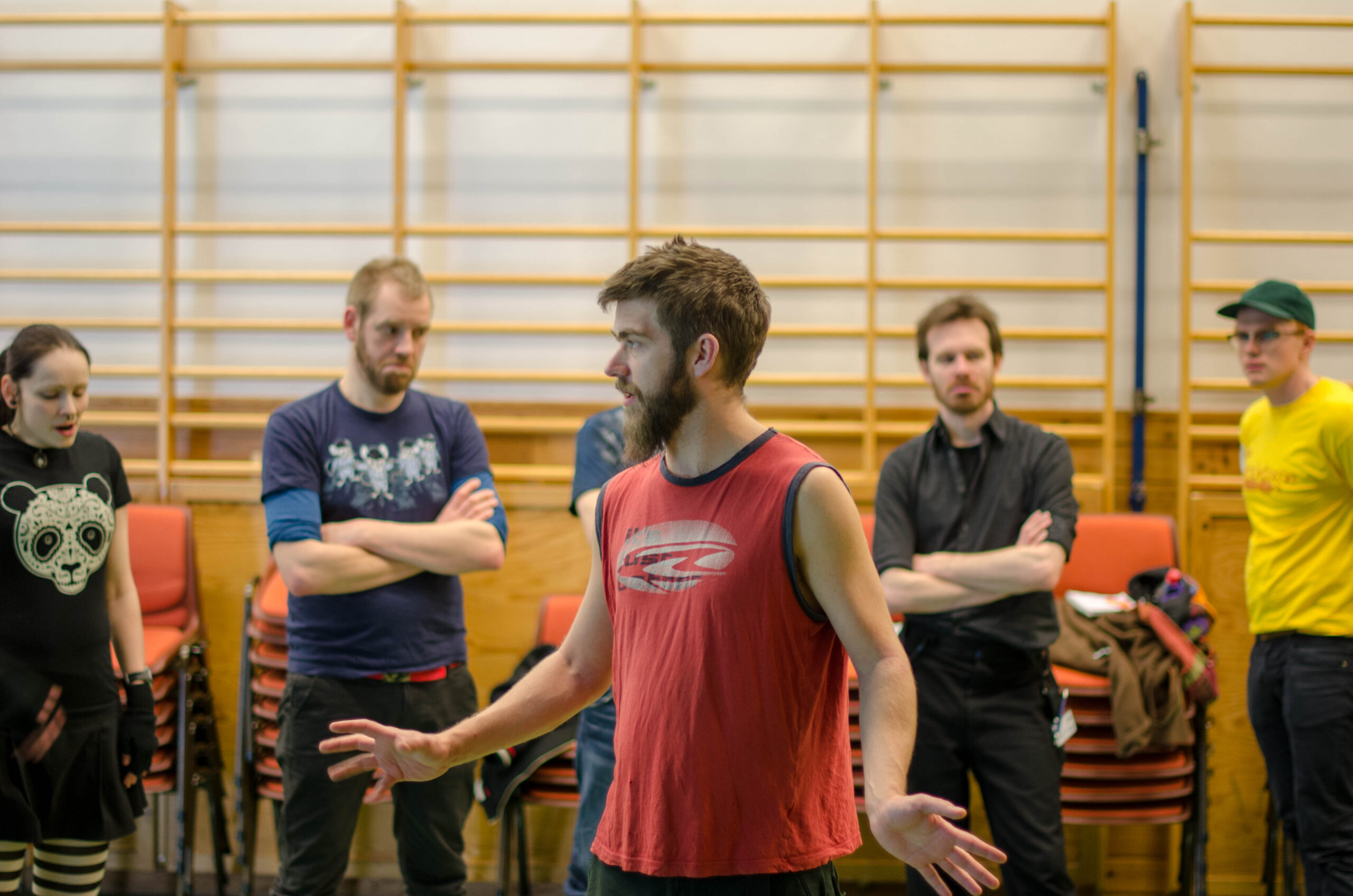Tag: Workshop
-

Culture Calibration in Pre-larp Workshops
in
With a few exceptions, all larps take place in a set culture. This can be either a fictional culture or a culture based on the real world. For the previous larps where I have been part of the organizer team, we have made an effort to define the culture together with the players through a…